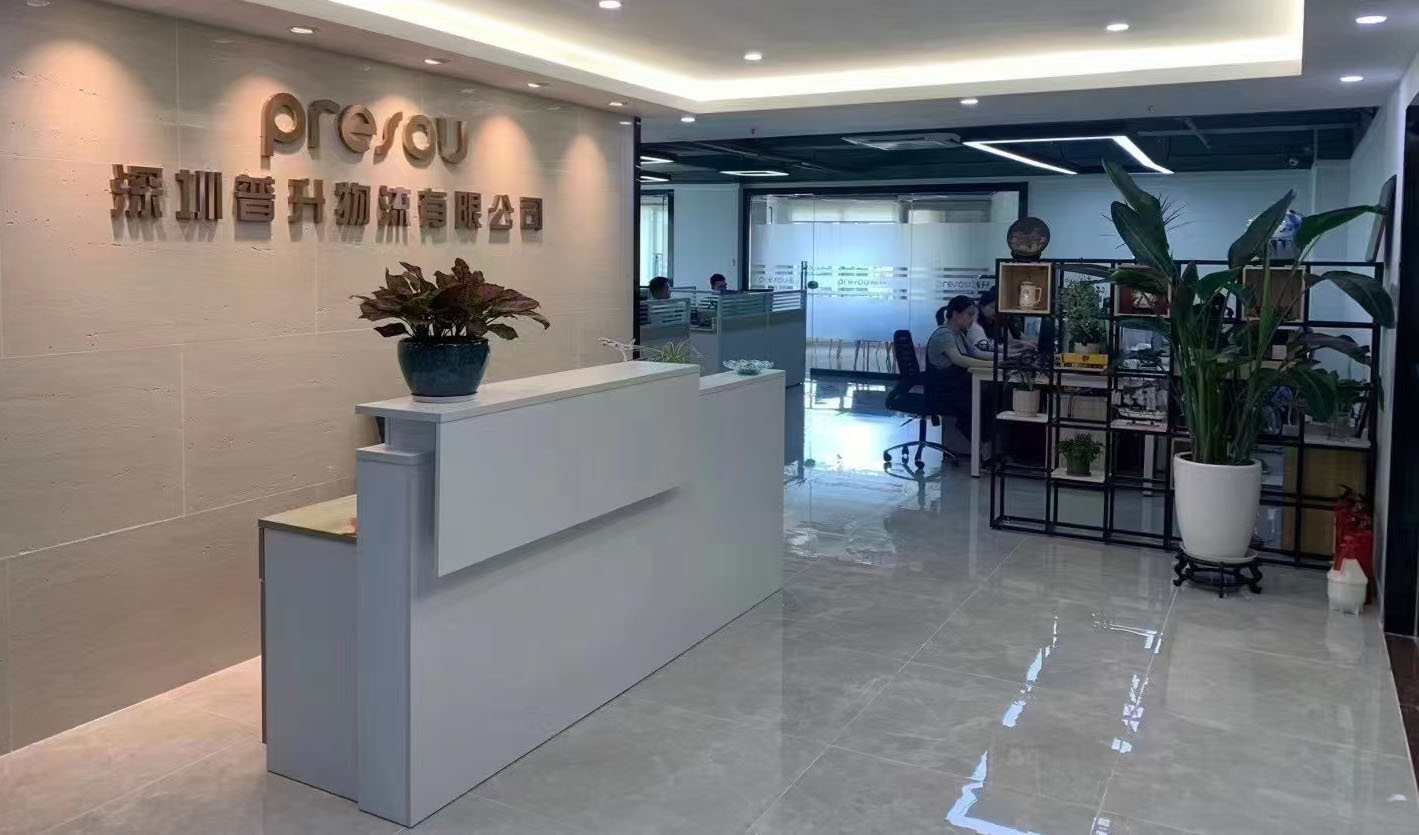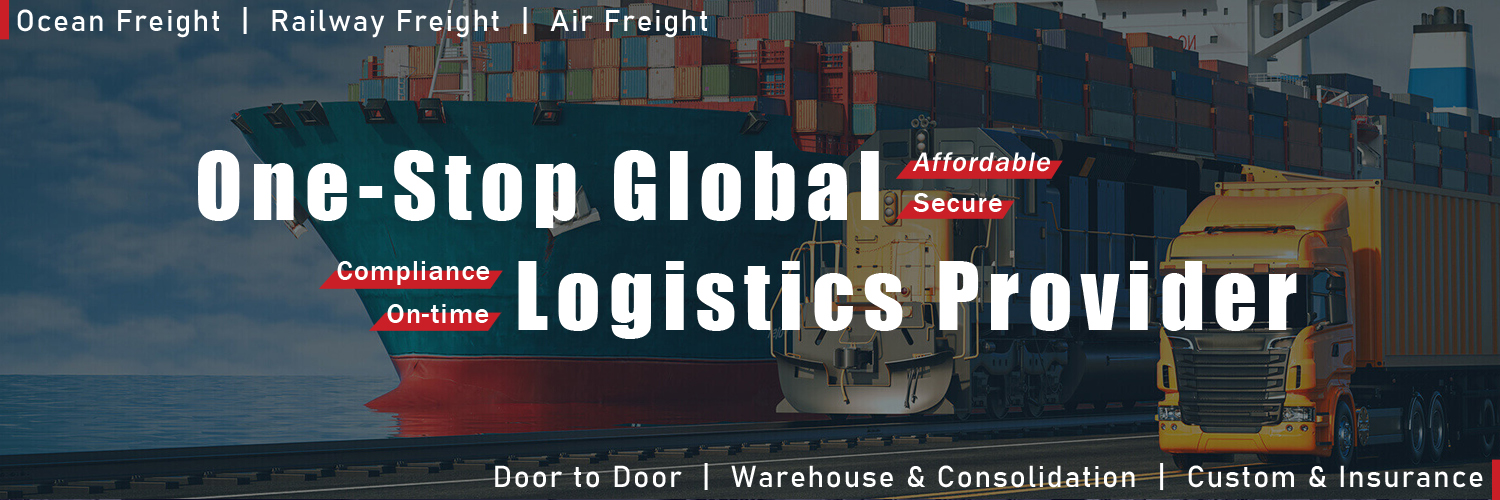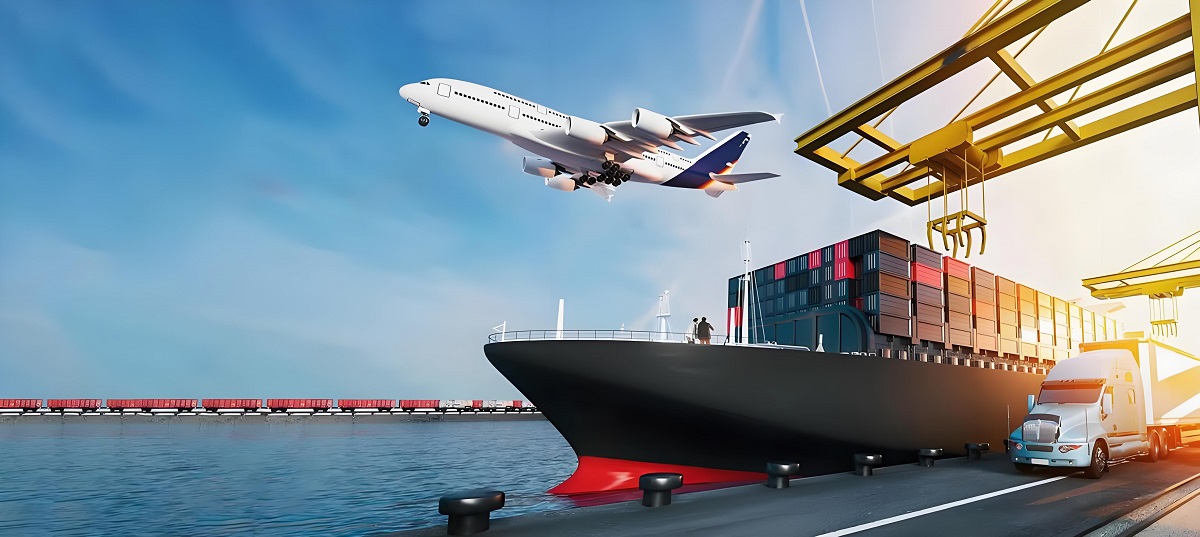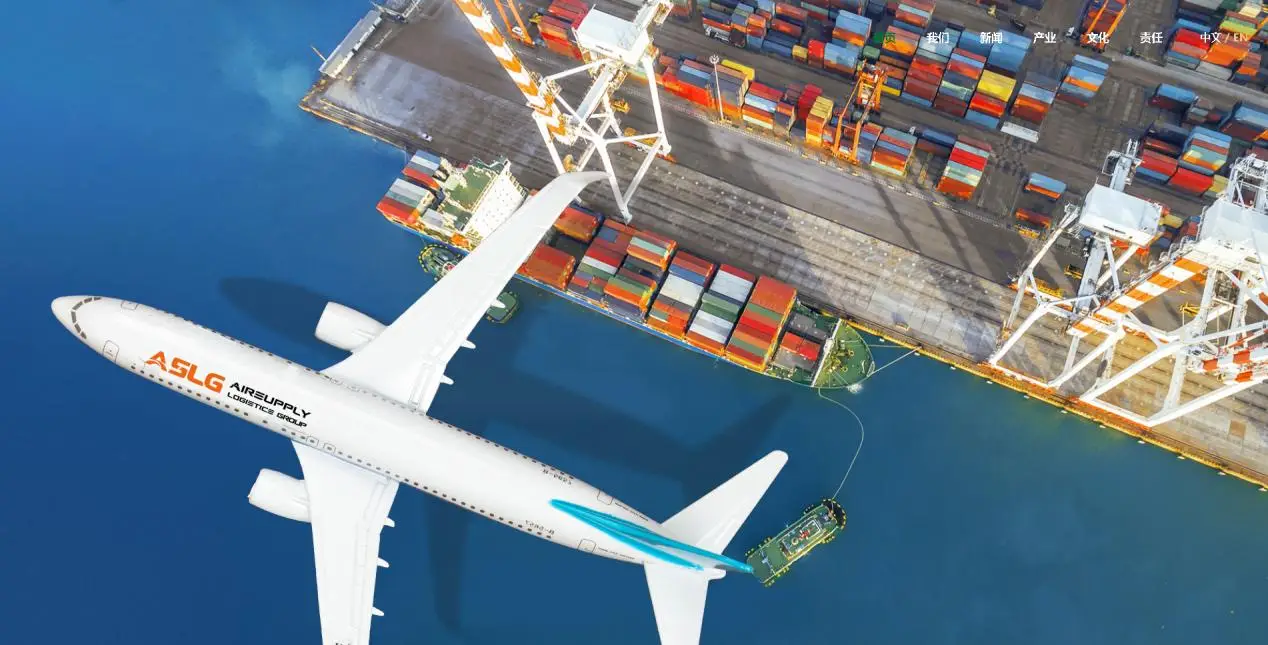Understanding the CPT Incoterm: A Detailed Guide for International Trade
Introduction to CPT Incoterm
Have you ever wondered how global trade flows smoothly across borders? The secret lies in the intricate world of freight forwarding and the strategic use of Incoterms like CPT (Carriage Paid To).
Overview of Presou Logistics as a Freight Forwarder:
Presou Logistics, a prominent player in the logistics industry, offers comprehensive solutions for global trade. Known for its efficiency and reliability, Presou Logistics plays a pivotal role in streamlining international logistics, ensuring that goods move seamlessly across continents.
Brief Introduction to Incoterms, with a Focus on CPT:
Incoterms, or International Commercial Terms, are critical in international trade, defining the responsibilities of buyers and sellers. Among these, CPT (Carriage Paid To) stands out as a versatile and commonly used term, especially beneficial in multimodal transportation scenarios.
For more related logistics terms, please refer to: The 11 Common International Trade Logistics Terms
Understanding CPT (Carriage Paid To)
What is CPT in International Shipping and Why Does it Matter?
Definition and Explanation of CPT:
Have you ever wondered what exactly CPT (Carriage Paid To) means in the world of international trade? In simple terms, CPT is an Incoterm, or International Commercial Term, that represents a very specific agreement between a buyer and a seller in the global shipping industry. Under CPT, the seller is obligated to arrange for the transport of goods to a named destination. More importantly, the cost of this transportation is borne by the seller. This term is commonly used in various modes of transport, making it a versatile choice for global traders.
The significance of CPT becomes evident when we consider the risk transfer point: unlike other Incoterms, the risk passes to the buyer as soon as the goods are handed over to the first carrier, even though the seller pays for the carriage to the destination. This unique arrangement can greatly affect both cost allocation and risk management in international shipping.
How CPT Works in International Shipping:
To truly grasp how CPT operates, let’s break it down step-by-step:
- Contract Signing: The journey begins with a contract between the buyer and seller, stipulating that the delivery will be made under the CPT term.
- Preparation of Goods: The seller then prepares and packs the goods for export. In this phase, the seller’s responsibility is paramount, ensuring that the goods are ready and safe for transportation.
- Delivery to Carrier: Next, the seller delivers the goods to the first carrier. This carrier might be a trucking company, a rail service, or any other transporter, depending on the agreed-upon shipping method.
- Transfer of Risk: This step is crucial in CPT transactions. Once the goods are handed over to the first carrier, the risk transfers from the seller to the buyer. However, the seller still holds the responsibility for transportation costs to the destination.
- Transportation and Delivery: The goods are then transported, potentially through various carriers, to the agreed destination. Throughout this journey, the buyer bears the risk for any loss or damage.
- Arrival at Destination: Upon reaching the destination, the responsibility for unloading and further movement lies with the buyer.
Understanding the nuances of CPT is vital for any business involved in international trade. Its impact on logistics, cost distribution, and risk allocation can be significant, making an informed choice crucial. In the next sections, we will explore the benefits, challenges, and strategic applications of CPT in global trade, offering real-world examples and data-driven insights.
The Importance of CPT in Global Trade
How Does CPT Elevate the Dynamics of International Trade?
Role of CPT in Export and Import Processes:
In the intricate dance of global trade, why is CPT (Carriage Paid To) becoming an increasingly popular choice among exporters and importers? The answer lies in its unique structure, balancing cost and risk management. In export processes, CPT simplifies the seller’s obligations, as they are responsible for arranging and paying for transportation to a designated location. This makes it particularly appealing for sellers who have established logistics networks.
On the import side, CPT allows buyers to assume control once the goods are handed over to the first carrier. This transfer of risk is pivotal, as buyers can leverage their own insurance and risk mitigation strategies from this point forward. By doing so, CPT offers a flexible framework that accommodates varying levels of involvement and control on both sides of the transaction.
A report by the International Chamber of Commerce (ICC) noted that in 2022, approximately 30% of international shipping agreements in Europe and Asia utilized the CPT Incoterm, highlighting its growing relevance in modern trade practices.
Benefits of Choosing CPT for Buyers and Sellers:
So, what are the tangible benefits of CPT for both buyers and sellers? From the seller’s perspective, CPT offers a straightforward approach to logistics: they need only to deliver the goods to a pre-arranged carrier, thereby limiting their logistical responsibilities and costs.
For buyers, the allure of CPT lies in the control it offers post the handover of goods. They can negotiate with carriers and manage the subsequent transportation, potentially leading to cost savings and more efficient logistics. This control also extends to insurance and risk management, vital aspects in international shipping.
Moreover, CPT strikes a balance between responsibility and control, which is often cited as a major advantage in surveys conducted by logistics firms. In a 2023 industry survey, 67% of buyers stated that the control over the latter part of the shipping process was a key factor in their preference for CPT.
By understanding these benefits, businesses can make more informed decisions about which Incoterm aligns best with their trade strategies, logistics capabilities, and risk management approaches.
Presou Logistics and CPT: A Strategic Approach
How Does Presou Logistics Leverage CPT for Optimal Shipping Solutions?
How Presou Logistics Manages CPT Shipments:
Presou Logistics, a leader in global logistics, has developed a strategic approach to managing CPT (Carriage Paid To) shipments that sets them apart. The cornerstone of their strategy is a robust logistics network that ensures efficient transportation to the designated destination. By leveraging relationships with a variety of carriers, Presou Logistics can provide cost-effective and timely delivery, crucial in international trade.
Additionally, Presou Logistics emphasizes risk management and transparency in CPT transactions. They employ advanced tracking systems to monitor shipments from the moment they leave the seller until they reach the carrier. This not only ensures the safety and security of the goods but also provides peace of mind to both buyers and sellers.
In a recent case, Presou Logistics successfully managed a complex CPT transaction involving multiple modes of transport from China to Germany, demonstrating their expertise in handling intricate logistics scenarios.
Case Studies or Examples of Successful CPT Transactions:
Examining real-world scenarios can illustrate the effectiveness of CPT. For instance, in a notable 2020 transaction, Presou Logistics managed the transport of electronic components from Shenzhen, China, to Nigeria, Spain. Despite the challenges of coordinating with various carriers and managing customs clearances, the shipment was delivered seamlessly, showcasing Presou Logistics’s capability in handling CPT logistics.
Comparing CPT with Other Incoterms
Differences Between CPT and Other Terms like CIF, EXW, etc.:
When we compare CPT with other Incoterms like CIF (Cost, Insurance, and Freight) and EXW (Ex Works), the differences become apparent. Unlike CIF, where the seller must also cover the cost of marine insurance, CPT does not require the seller to insure the goods during transit. This can be a significant advantage for sellers who want to reduce their financial obligations.
Contrastingly, under EXW, the buyer is responsible for all transportation costs right from the seller’s premises, making it a less attractive option for buyers who prefer not to handle logistics from the onset.
When to Choose CPT over Other Incoterms:
Selecting the right Incoterm depends on various factors, including the nature of goods, the logistics capabilities of the buyer and seller, and the specifics of the trade agreement. CPT is often the preferred choice in scenarios where the seller has better access to shipping resources or when the buyer wants to transfer the risk early in the transportation process.
For instance, in industries where speed and efficiency are paramount, such as the electronics sector, CPT can provide a balance of speed, cost, and risk management.
Legal and Financial Aspects of CPT
Are You Aware of the Legal and Financial Intricacies of CPT Transactions?
Legal Responsibilities Under CPT for Both Buyers and Sellers:
When engaging in CPT (Carriage Paid To) transactions, it’s crucial for both parties to understand their legal responsibilities. For sellers, this includes the obligation to contract and pay for carriage to the named destination. However, their responsibility ends once the goods are handed over to the first carrier.
For buyers, the legal complexity arises once they assume the risk upon the goods’ handover. They must be aware of import regulations and customs duties in the destination country. A failure to understand these responsibilities can lead to legal disputes or customs complications. For example, in a 2021 case, a misunderstanding about customs clearance responsibilities under CPT led to significant delays and additional costs for a European importer.
Financial Implications, Particularly for Buyers, Under CPT:
Financially, CPT can significantly impact the buyer’s budgeting and cost planning. While the seller covers the transport costs to the destination, the buyer must be prepared for additional expenses like import duties, taxes, and further transportation costs from the destination to their premises. Understanding this cost structure is crucial for accurate budgeting and financial planning.
Challenges and Solutions in CPT Transactions
Common Challenges in CPT Shipments:
One of the most common challenges in CPT shipments is the coordination of logistics, especially when multiple carriers are involved. There’s also the challenge of managing risks associated with transit, such as loss or damage of goods. For instance, a shipment of perishable goods under CPT can be risky if not properly managed, leading to potential spoilage.
How Presou Logistics Addresses These Challenges:
Presou Logistics tackles these challenges head-on with a combination of advanced logistics planning and risk management strategies. They utilize a network of reliable carriers and offer comprehensive insurance options to protect against transit risks. Additionally, their expertise in customs regulations helps to smooth out potential bureaucratic hurdles.
CPT in the Digital Age
Impact of Technology on CPT Transactions:
In today’s digital era, technology plays a pivotal role in enhancing the efficiency of CPT transactions. Digital tools enable better tracking, improved communication, and streamlined logistics management. For example, the use of GPS tracking has revolutionized the way goods are monitored during transit, providing real-time updates to both buyers and sellers.
Digital Services Offered by Presou Logistics for Managing CPT Shipments:
Presou Logistics embraces technology to optimize CPT shipments. Their digital platform offers features like online tracking, digital documentation management, and AI-driven logistics optimization. These tools not only enhance operational efficiency but also provide transparency and peace of mind to their clients.
Customer Experiences with Presou Logistics and CPT
What Do Clients Say About Their CPT Experiences with Presou Logistics?
Testimonials or Reviews from Clients on CPT Transactions:
Client feedback is a valuable asset in understanding the effectiveness of CPT (Carriage Paid To) transactions with Presou Logistics. For instance, a textile manufacturer praised Presou for its efficient handling of a complex shipment from China to Saudi Arabia, highlighting the company’s expertise in logistics and customs processes. Another testimonial from a tech firm in USA commended Presou for their transparent communication and smooth handling of a multi-modal CPT shipment.
Recommended reading: Shipping From China To US | Sea & Air Freight Rates
How CPT has been Beneficial or Challenging for Presou Logistics’s Clients:
Analysis of client experiences reveals a pattern of benefits and challenges. Many clients appreciate the cost efficiency and logistical control provided by CPT, especially in multi-carrier scenarios. However, some clients faced challenges related to risk management and local customs procedures. Presou Logistics’s proactive approach in offering guidance and support has been instrumental in overcoming these challenges.
Preparing for a CPT Shipment with Presou Logistics
Steps to Arrange a CPT Shipment:
Arranging a CPT shipment with Presou Logistics involves several key steps:
- Negotiation and Agreement: Clients need to negotiate and agree upon the terms of the CPT with Presou Logistics.
- Preparation of Goods: Proper packaging and labeling of goods are crucial for safe and efficient transportation.
- Documentation: Ensuring all necessary shipping and customs documentation is accurately completed.
Tips for a Smooth CPT Transaction Process:
To ensure a smooth CPT transaction, clients are advised to:
- Maintain clear communication with Presou Logistics throughout the process.
- Have a comprehensive understanding of the destination country’s customs regulations.
- Consider insurance options for added security.
FREQUENTLY ASKED QUESTIONS ABOUT THE CPT INCOTERM?
WHAT IS CPT IN INTERNATIONAL TRADE?
CPT, or Carriage Paid To, is an international commercial term (Incoterm) that specifies that the seller delivers the goods at their expense to a carrier or another designated party. The seller is responsible for all risks, including loss, until the goods are in the care of the designated party. The carrier may be responsible for transportation or for making transportation arrangements.
WHAT ARE THE RISKS AND EXPENSES ASSOCIATED WITH CPT?
The seller is responsible for the risks and expenses related to delivering the goods to the carrier at a specified location. Risks and expenses associated with multiple carriers are transferred to the customer upon delivery to the first carrier.
HOW DOES CPT DIFFER FROM OTHER INCOTERMS?
CPT is a multimodal Incoterm, meaning it applies to all types of goods transport. In a sale based on CPT, the seller bears the costs of exporting the goods to the first carrier, but the buyer assumes all risks and costs associated with the transport and all costs incurred after the carrier receives the goods. The seller is responsible for export clearance and the costs associated with it, while the buyer is responsible for transit and import clearance procedures and costs.
WHEN DOES THE TRANSFER OF RISK AND COSTS OCCUR IN A CPT TRANSACTION?
In a CPT transaction, the transfer of risk occurs when the goods are handed over to the first carrier. The transfer of costs only occurs when the goods arrive at their destination.
WHAT PRECAUTIONS SHOULD BE TAKEN WHEN USING CPT?
It is important to specify the party responsible for the costs of parking and unloading at the destination. The seller is not required to take out transport insurance covering the goods from the place of delivery to the final destination.
WHAT ARE THE OBLIGATIONS OF EACH PARTY IN A CPT TRANSACTION?
The seller is responsible for packing, labeling, and marking the exported goods; loading the goods onto the means of transport; transporting the goods from the factory or warehouse to the point of shipment; carrying out customs and export security formalities; and organizing the main transport from the point of shipment to the place of unloading. The buyer is responsible for paying the agreed price and any additional costs incurred after the goods are delivered to the first carrier.
 English
English 简体中文
简体中文 繁體中文
繁體中文 Afrikaans
Afrikaans አማርኛ
አማርኛ Español
Español العربية
العربية Français
Français Dansk
Dansk Български
Български Беларуская мова
Беларуская мова বাংলা
বাংলা Português
Português Русский
Русский Afsoomaali
Afsoomaali فارسی
فارسی Türkçe
Türkçe كوردی
كوردی Deutsch
Deutsch 日本語
日本語 ไทย
ไทย Tiếng Việt
Tiếng Việt Italiano
Italiano עִבְרִית
עִבְרִית 한국어
한국어 Română
Română Nederlands
Nederlands Bahasa Indonesia
Bahasa Indonesia Shona
Shona







